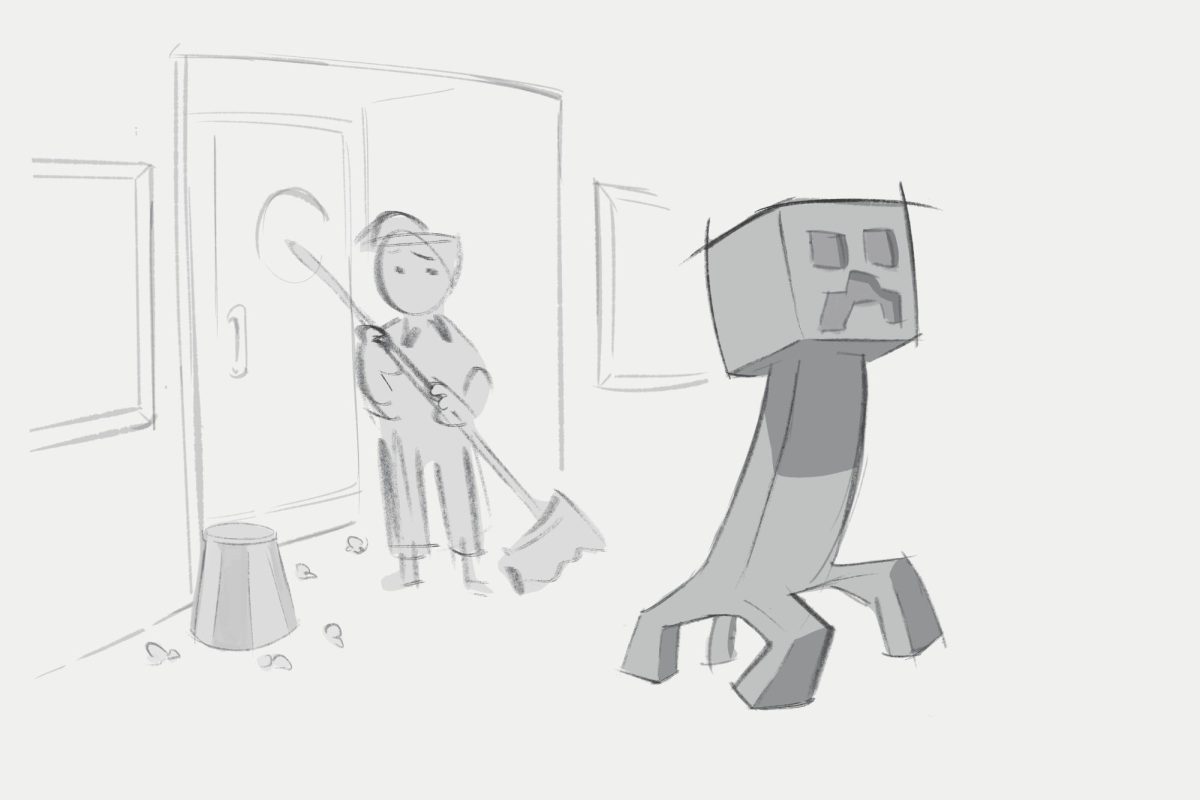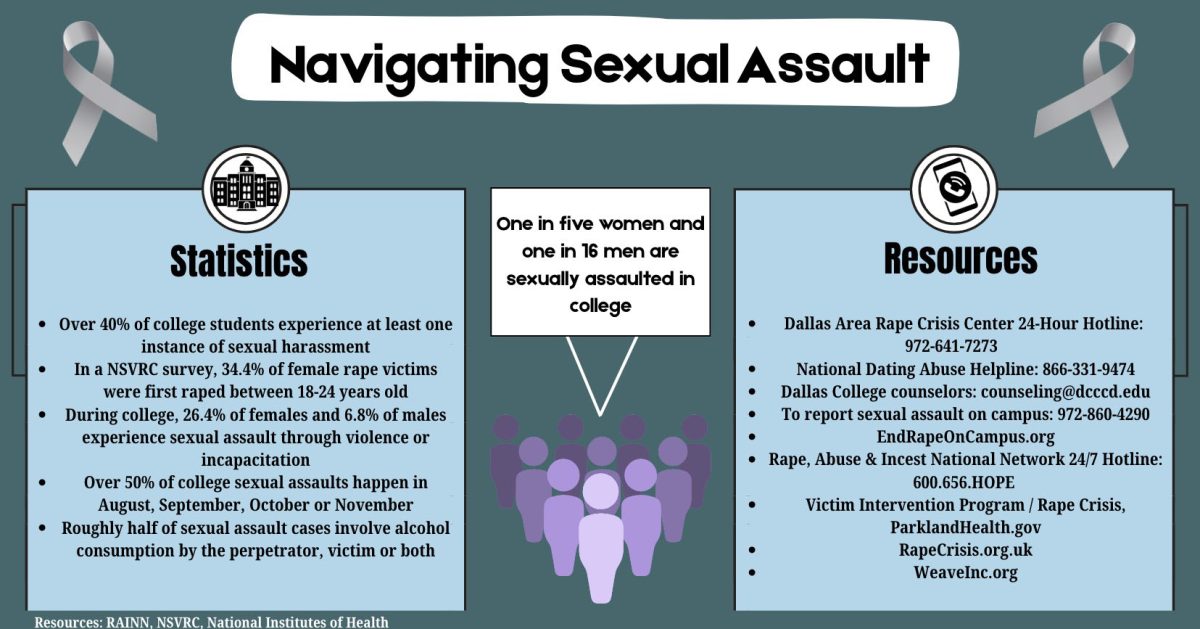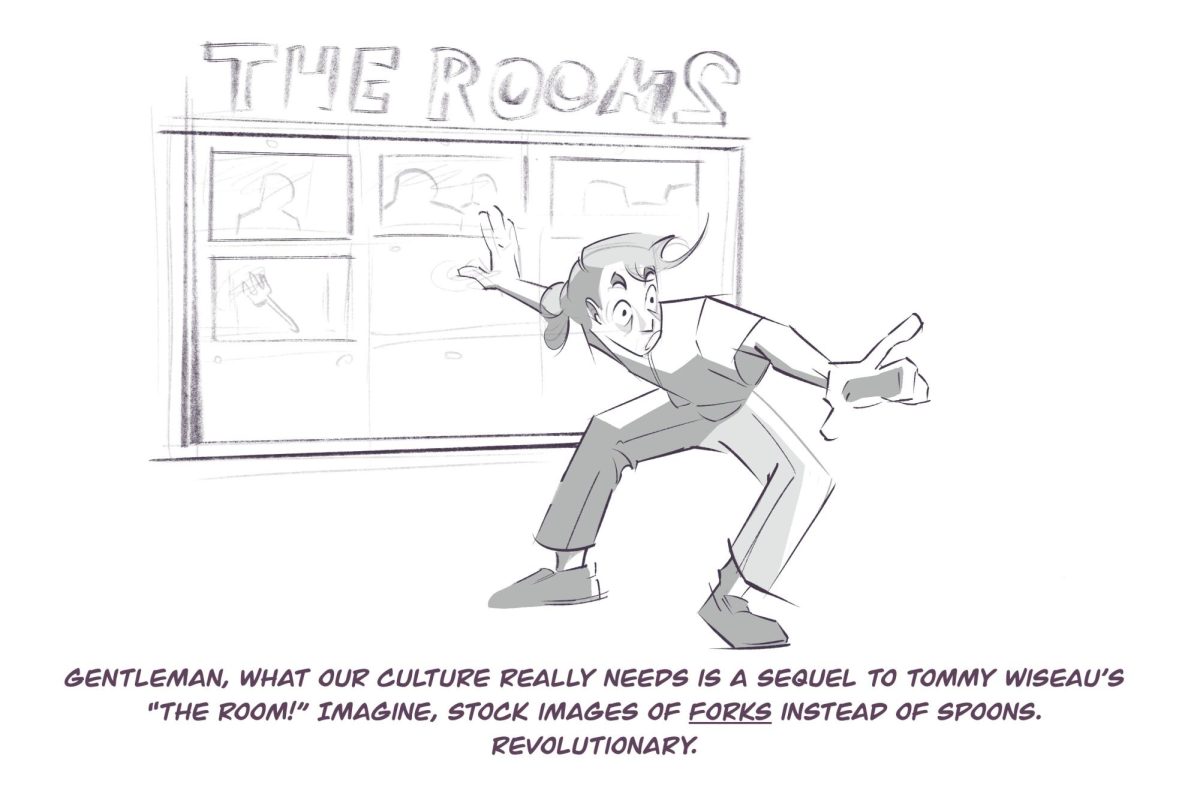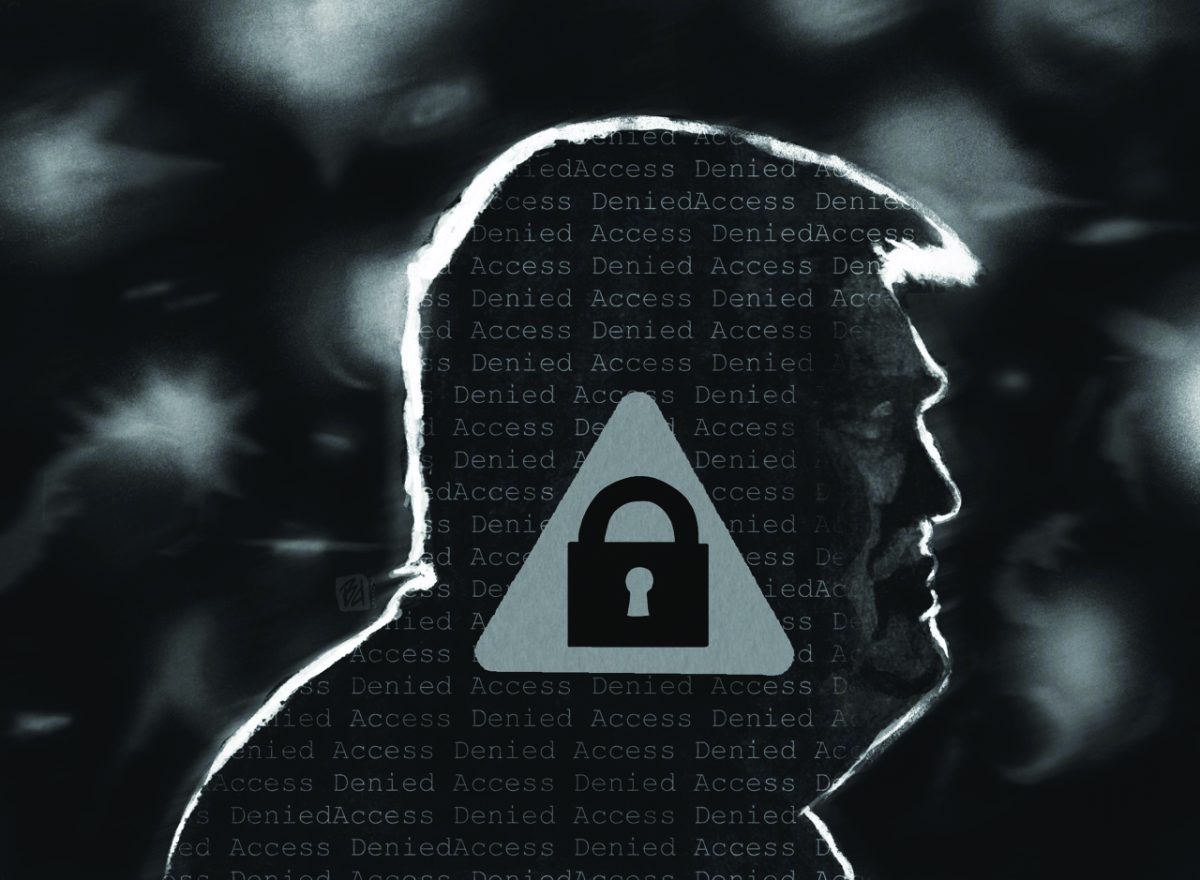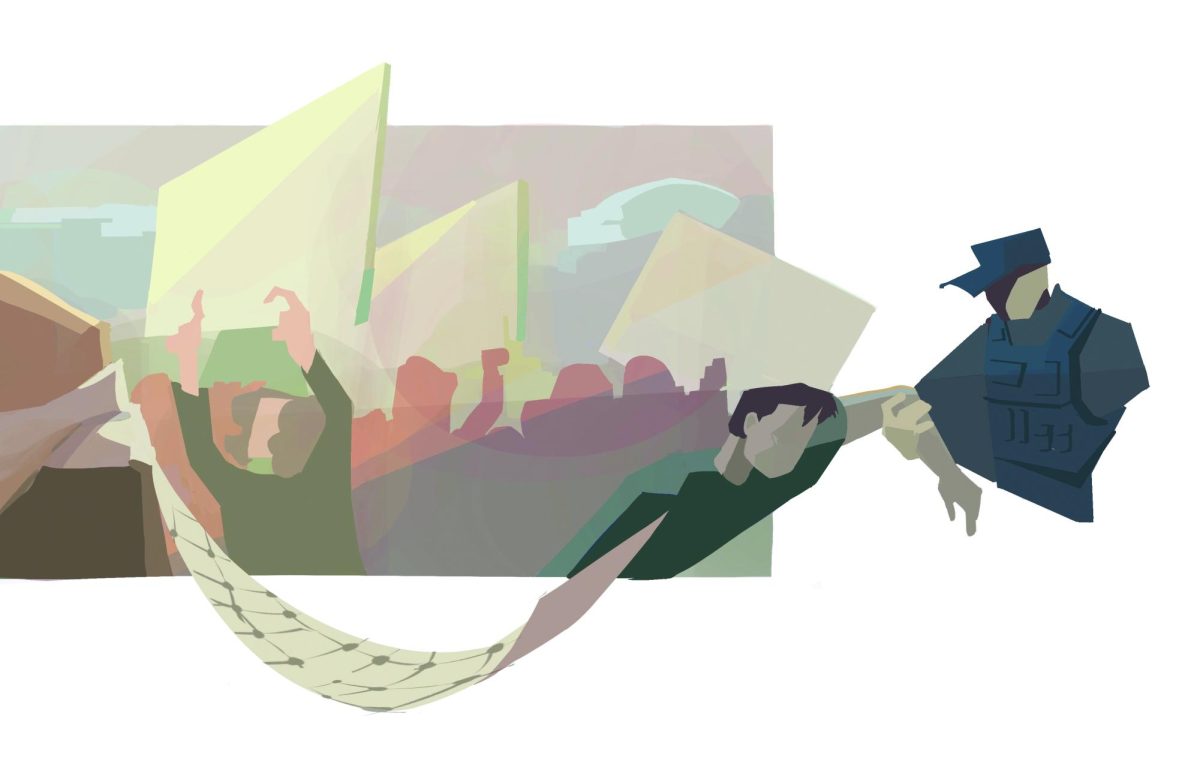
By Mykel Hilliard
Contributing Writer
A painting I saw at Brookhaven College contrasting the experiences that black and white people face in the U.S. sparked something in me emotionally.
While I didn’t identify with the painting completely, I did find myself relating to certain aspects of it. Many people don’t understand that the black experience is different from the white experience. I have been teased for my skin complexion, harassed, followed around stores and even been called the N-word by white people. I realize being harassed and teased is not an experience exclusive to black people, but it certainly is different because of the odds that are already working against us.
The top section of the painting is captioned “Possession of Marijuana.” One side shows a black man behind bars, while the other side shows a smiling 15-year-old white girl on the front page of a newspaper holding a smoking blunt, the headline proclaiming her to be “THE NEW FACE OF WEED.” Part of the story is also visible, and it reads, “15-year-old caught with six ounces of marijuana becomes face of the legalize marijuana movement.”
This is extremely ironic. Many black men sit behind bars for weed charges, but they were not paraded around in front-page stories, nor were they considered the faces of trends.
In February, New York congresswoman Alexandria Ocasio-Cortez spoke in front of the House Financial Services Committee and suggested “affirmative-action licensing” to shine a light on racial inequality in the cannabis business. “‘73% of cannabis executives in Colorado and Washington are male, [and] 81% are white,” she said.
Today, many white people selling weed in dispensaries across the country are hailed as business-savvy entrepreneurs. Meanwhile, many of the black men who sold weed before it was legalized in some states are called thugs and drug dealers.
While I do understand that these men sold drugs illegally and broke the law, it is sad to see so many people profit off an industry that so recently put so many others behind bars. Had marijuana been legalized in some states at the time, many of the latter could have been participating in the flourishing marijuana industry too.
In another section of the painting, a police officer holds a baton labeled “Dallas PD” over protesters holding Black Lives Matter signs. Opposite them are other protesters, one of them a police officer themselves, holding All Lives Matter signs. Police officers being on opposite sides shows that the debate Black Lives Matter debate is happening between civilians and law enforcement.
Some people who say all lives matter have criticized the Black Lives Matter movement, saying it suggests that only black lives matter. Fox News contributor Michelle Fields said there are people of all ethnicities who suffer injustices at the hands of police officers. “We need a president who is going to care about each and every one of the American people and to work to try to make things better for them,” she said. While she has a point, she fails to realize the Black Lives Matter movement already encompasses everyone’s lives. However, it also points out that black people’s lives are relatively undervalued in the U.S. – and more likely to be ended by law enforcement.
According to a CDC study covered by The Los Angeles Times, about 1 in 1,000 black males in America can expect to die at the hands of police. This makes them 2.5 times more likely than white males to die during an encounter with police.
The last section of the painting is labeled “Just Walking”. One side depicts a police vehicle drives down a street with its light on. On the other side, the street is clear.
This part spoke to me the most because it is something that I have experienced frequently in my own neighborhood. I live in a predominantly white neighborhood and have had the police called on me by other residents for such things as using the neighborhood pool or walking around the complex. When law enforcement approach me, they ask whether I live there.
All of the imagery in the painting represents something bigger than marijuana legalization, Black Lives Matter and racial profiling. It represents the different realities white people in the U.S. face compared to people of color.
The systematic racism in the U.S. still lingers today, according to Forbes. Discrimination against people of color plagues them in both their jobs and in the education system. “The sad truth is that, in the United States, unless you are born white and middle class, you are likely to attend a public school with significant funding constraints that hamper your ability to learn,” Jeff Raikes, a Forbes contributor, wrote.
I want to be clear. I am not bashing white people or putting complete blame on them for all the racial injustice that take place in today’s America.
I respect and love everybody, regardless of their racial background. However, I urge more white people to try and step into the shoes of people of color and empathize with what we go through. I also challenge white people to learn and understand that being white comes with certain privileges and that they can use their voice and privilege to advocate and on behalf of people of color.


